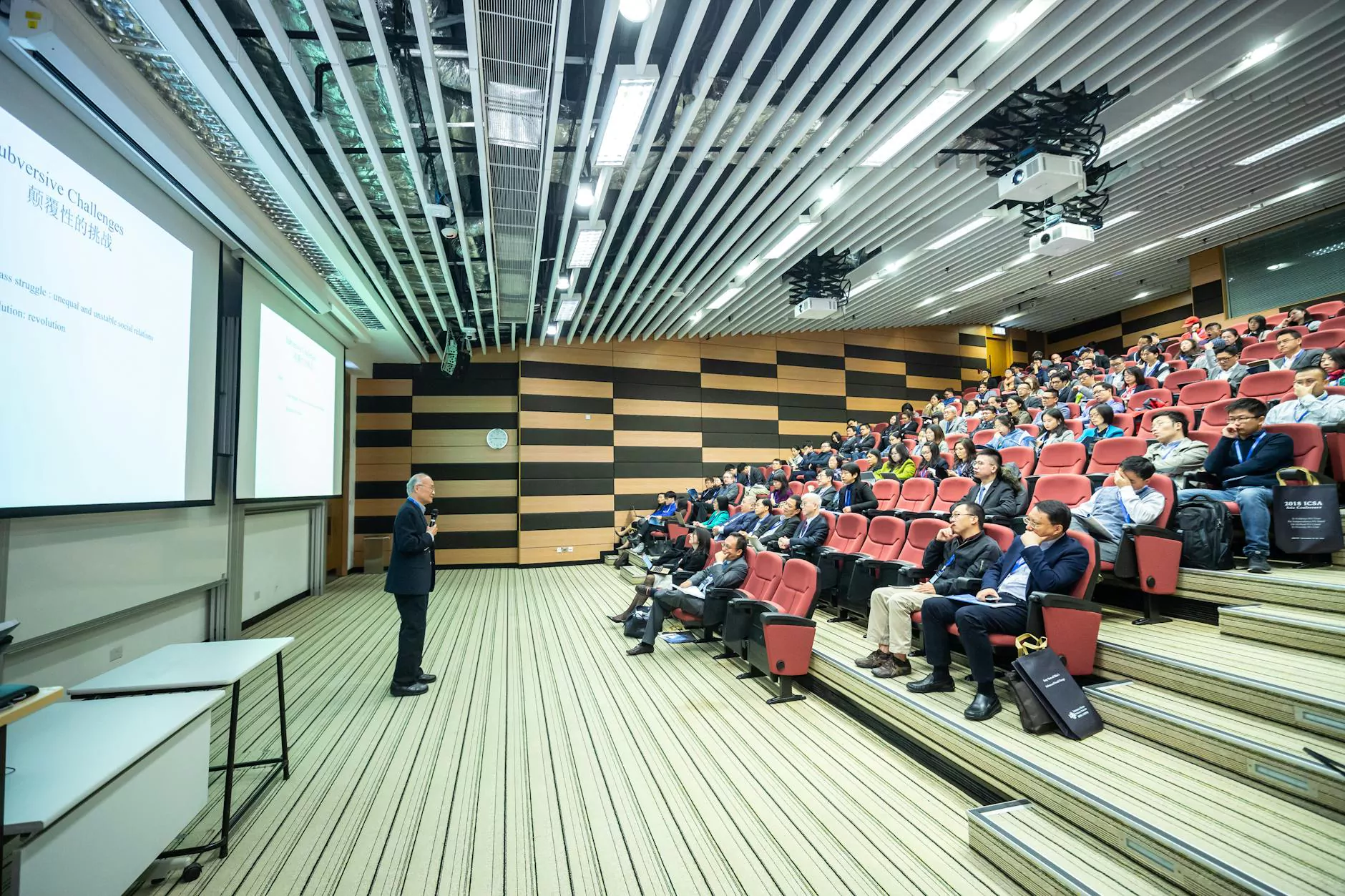Changes in Clergy Relationships
Category 3
Understanding the Evolving Landscape of Clergy Dynamics
As part of Praise Chapel's commitment to exploring relevant topics within the faith community, this page delves into the dynamics of clergy relationships and discusses the significant changes that have transpired in recent years.
The Role of Clergy in Modern Society
The role of clergy members has always been pivotal in providing spiritual guidance, fostering a sense of community, and leading religious ceremonies. However, the expectations and responsibilities placed on clergy members have evolved over time.
In the past, clergy primarily focused on providing spiritual guidance from within their place of worship. Today, their role has expanded beyond the confines of the church, synagogue, or mosque. Clergy members are increasingly involved in community outreach programs, social justice initiatives, and providing support during times of crisis.
Increasing Diversity within Clergy
One notable change in clergy relationships is the increasing diversity within religious leadership. Traditionally, clergy members were predominantly male, and certain denominations restricted leadership roles to specific genders. However, society's growing acceptance of gender equality and diversity has led to more inclusivity within the clergy.
Nowadays, people of all genders, races, and backgrounds are pursuing careers in religious leadership. This diversification has not only broadened representation within faith communities but has also brought forth a wider range of perspectives and experiences.
Collaborative Leadership and Shared Decision-Making
In the past, clergy leadership was often hierarchical, with a single individual holding significant decision-making power. However, there has been a shift towards collaborative leadership models in many religious organizations.
Nowadays, clergy members often work as part of a team, sharing responsibilities and decision-making processes. This collaborative approach allows for a more inclusive and democratic environment, where diverse viewpoints are considered, and decisions are made collectively.
Adapting to Technological Advancements
The rapid advancements in technology have profoundly impacted the way clergy members interact with their congregations and the wider community. From live-streaming religious services to utilizing social media platforms to engage with followers, technology has revolutionized the methods of connecting with the faithful.
Moreover, technological tools have facilitated efficient communication within clergy teams and enabled the sharing of resources and knowledge across different religious institutions.
Challenges and Opportunities for Clergy Relationships
While the changes in clergy relationships bring numerous benefits, they also present challenges that need to be addressed. One challenge is striking a balance between tradition and innovation.
Clergy members must find ways to meet the evolving needs and expectations of their congregants while staying rooted in the traditions and values of their respective faiths. This delicate balance ensures that faith communities remain relevant while maintaining their unique identities.
Another challenge lies in managing the energy and emotional demands associated with a more diversified and demanding role. Clergy members often find themselves juggling multiple responsibilities, and it is crucial for them to prioritize self-care and wellbeing to fulfill their duties effectively.
Conclusion
The changing landscape of clergy relationships reflects the broader societal shifts towards inclusivity, collaboration, and technological integration. As Praise Chapel, we celebrate these changes as opportunities to strengthen and adapt our faith community for the present and future.




